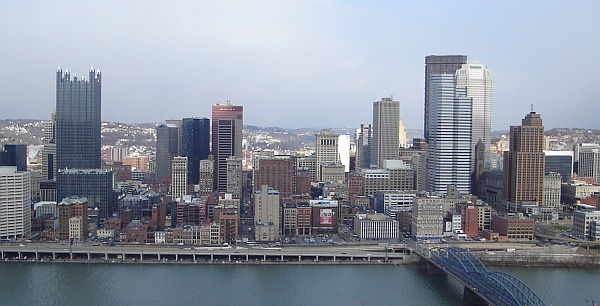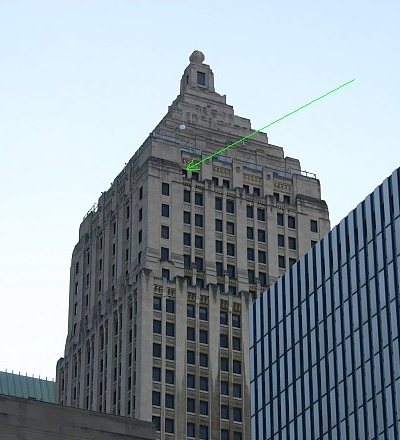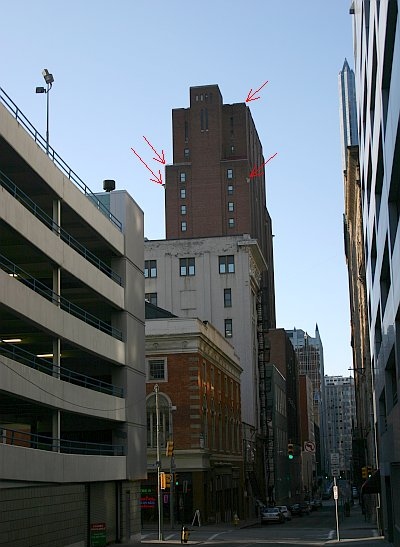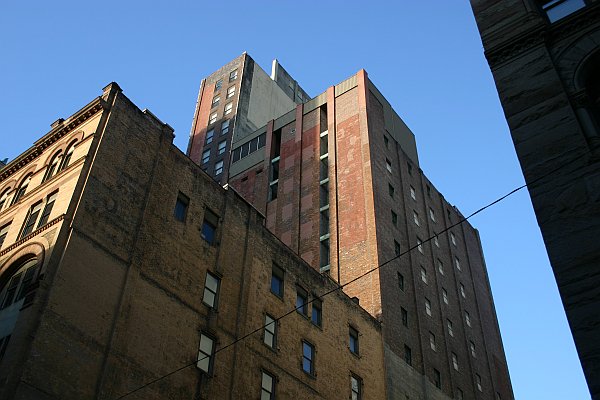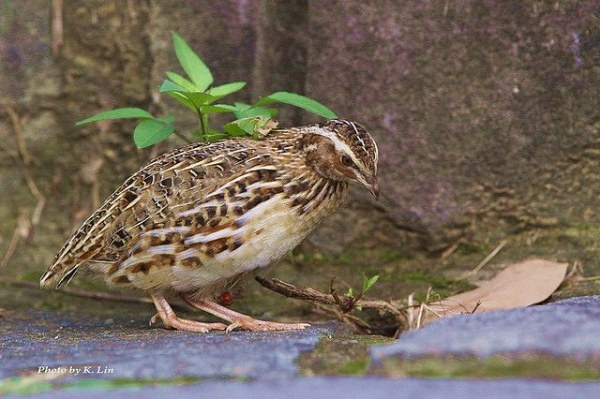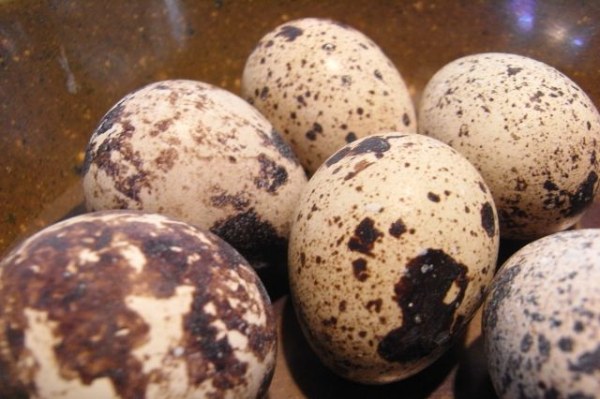![From "ŒUFS" (Eggs), illustration by Adolphe Millot from Nouveau Larousse Illustré [1897-1904], public domain Wikimedia Commons](http://www.birdsoutsidemywindow.org/wp-content/uploads/2013/01/eggs_in_French_altered2_rsz_wiki.jpg)
We see chicken eggs every day so we tend to assume all eggs are plain and never shiny. In reality most eggs are not.
Shown above is an illustration of 50 European bird eggs by Adolphe Millot published 1897-1904(*).
The eggs have many shapes and sizes from the goldcrest’s tiny pink oval (#19) to the large pointed pyriform egg of the now extinct great auk (#47).
Few are a single solid color but even those are amazing — from pink to robin’s-egg blue to a beautiful avocado color. Tinamous are from South America so their eggs aren’t pictured here, but it’s worth clicking this link to see their glossy eggs in several colors.
The dark patterns on eggs are almost fanciful wreaths, caps, scrawls, dots, streaks and blotches. They’re made by protoporphyrin which is deposited within or on the shell while in the bird’s uterus. These dark spots are stronger than the plain calcium shell and tend to be deposited where the eggshell is thinnest. Some birds lay on extra protoporphyrin when their personal calcium supplies are low.
And, as a final touch some eggs are shiny, some are waterproof. I have read that duck eggs feel oily and that jacanas, who build floating nests, lay eggs that are lacquered (#29, in the top row).
Explore the eggs in the illustration using the quick key below. If you click on the image you can zoom the original to read the egg numbers.
(Credits:
Illustration of European bird eggs from “ŒUFS” (Eggs) by Adolphe Millot from Nouveau Larousse Illustré [1897-1904], in the public domain via Wikimedia Commons. (*) This image has been altered as described in the “p.s.” below. Click on the image to see the original.
Inspiration for this Tenth Page is from an illustration on page 400 of Ornithology by Frank B. Gill.)
p.s. Key to the illustration, copied from Wikimedia Commons:
The original French designation may not correspond to the modern French term. Eggs 1-50 are bird eggs, reduced in size by about a third. Eggs 51-72, (*)which I erased from this illustration, were from turtles, reptiles, moths etc. I erased them to highlight only the bird eggs. Click on the image above to see the complete original on Wikimedia Commons.
# French English
1 De bondree honey buzzard (?)
2 De faucon falcon (?)
3 D'epervier Eurasian sparrow-hawk
4 De merle blackbird
5 De grive thrush
6 De freux rook
7 De bruant proyer corn bunting
8 De gros-bec hawfinch (or perhaps another grosbeak?)
9 De moineau sparrow
10 De pinson chaffinch (or other finch?)
11 De pitpit pipit
12 De bruant des roseaux reed bunting
13 De coucou cuckoo
14 De petit oiseau-mouche hummingbird (?)
15 De bec-croise crossbill
16 De troglodyte wren
17 De sittelle nuthatch
18 De rossignol nightingale
19 De roitelet Kinglet (Goldcrest?)
20 D'accenteur accentor
21 De bruant fou rock bunting
22 D'effarvate reed warbler
23 De rousserolle sedge warbler (or other Acrocephalus?)
24 De fauvette warbler (??)
25 De mesange tit (?)
26 D'hypolais tree warbler
27 De jaseur waxwing
28 De loriot oriole
29 De jacana jacana
30 De grouse (?) grouse (?!)
31 De lagopede lagopus
32 De faisan pheasant
33 De perdrix partridge
34 De caille quail
35 D'avocette avocet
36 De chevalier arlequin spotted redshank
37 De pluvier guignard dotterel
38 De pluvier de Virginie (??) plover (??)
39 De vanneau lapwing
40 De chevalier cul-blanc green sandpiper
41 De sterne hybride (??) tern (??)
42 D'hirondelle de mer common tern
43 De sterne de Ruppell (??) tern (??)
44 De goeland seagull
45 De plongeon loon
46 De guillemot guillemot
47 De grand pingouin great auk
48 & 49 De macareux puffin
50 De grebe grebe
Avian Reproduction reference
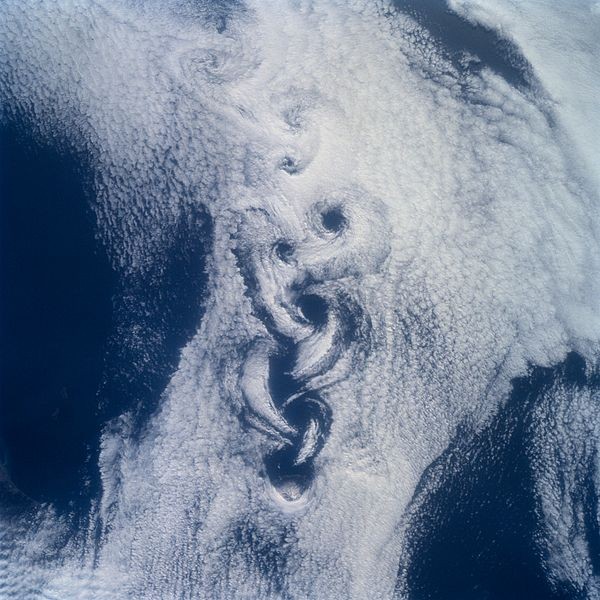

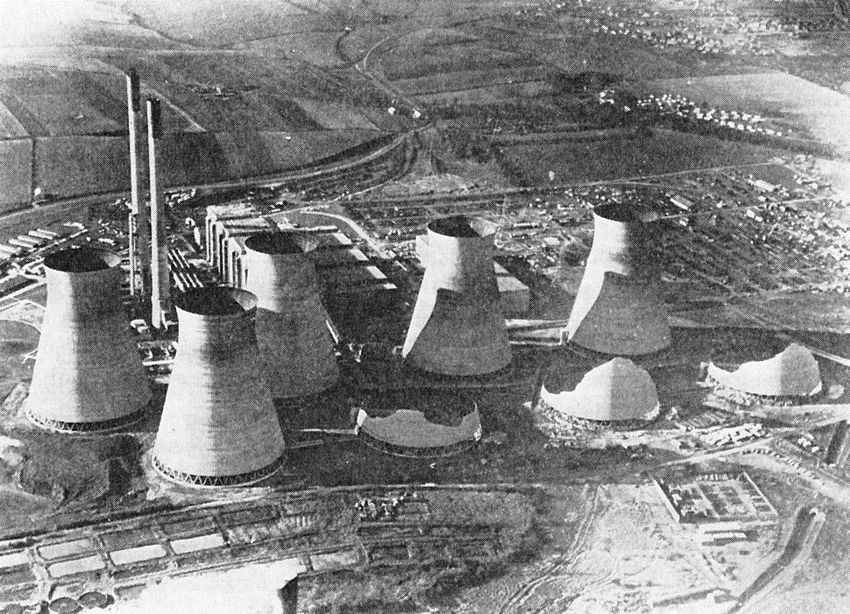
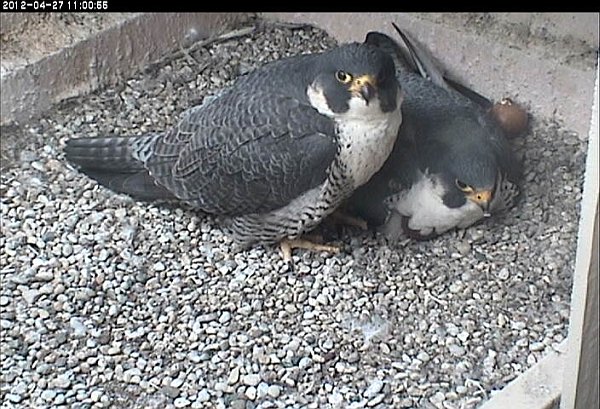
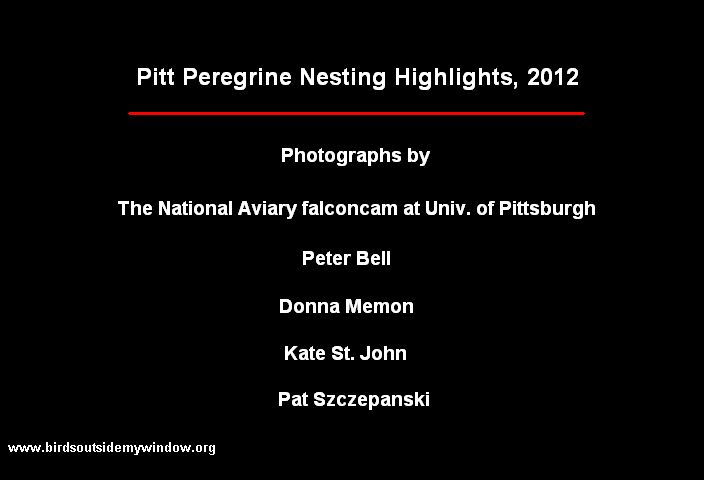
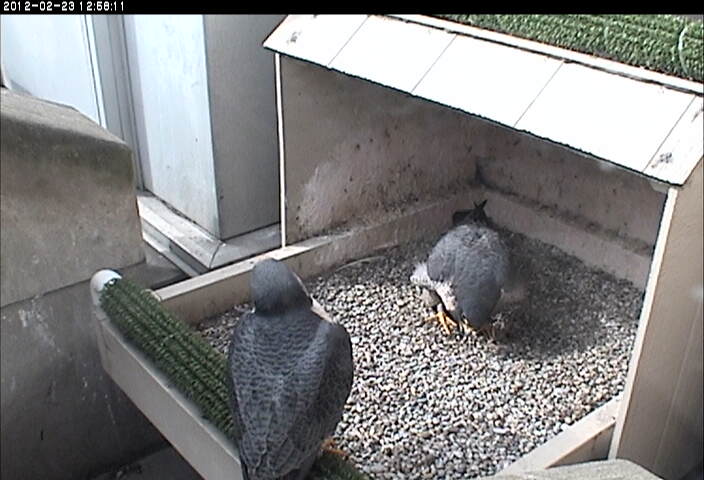
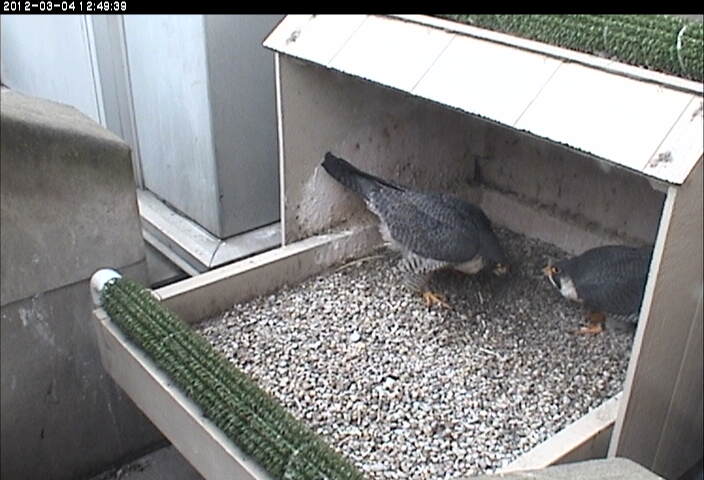


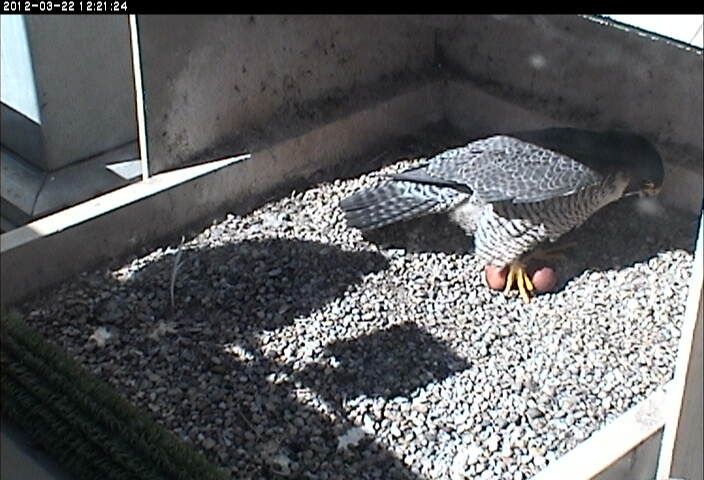
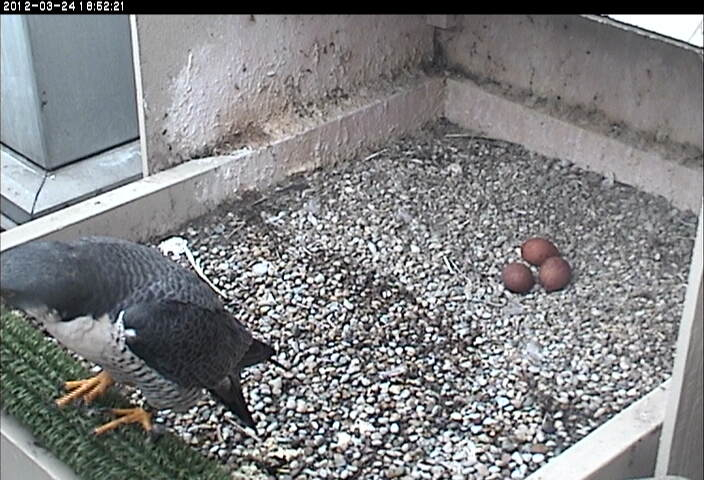
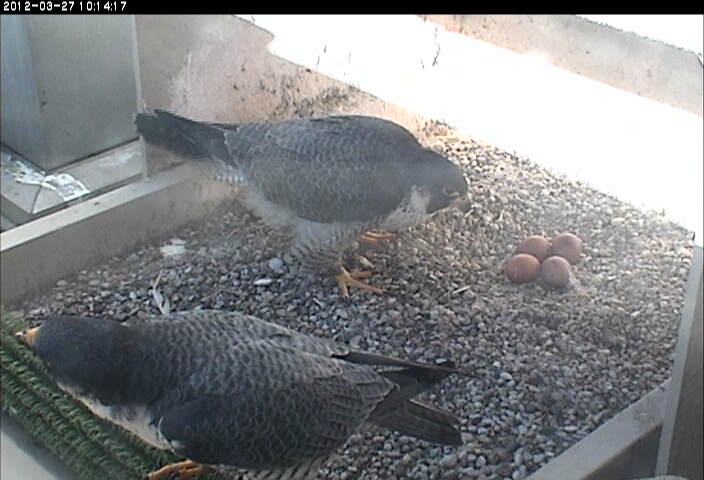
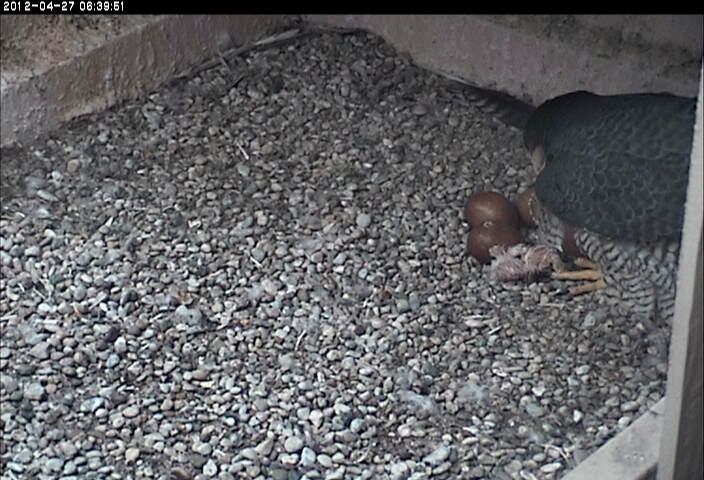
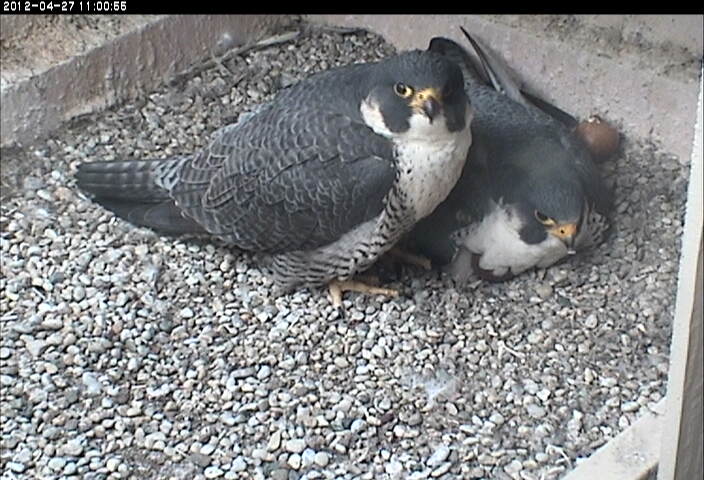
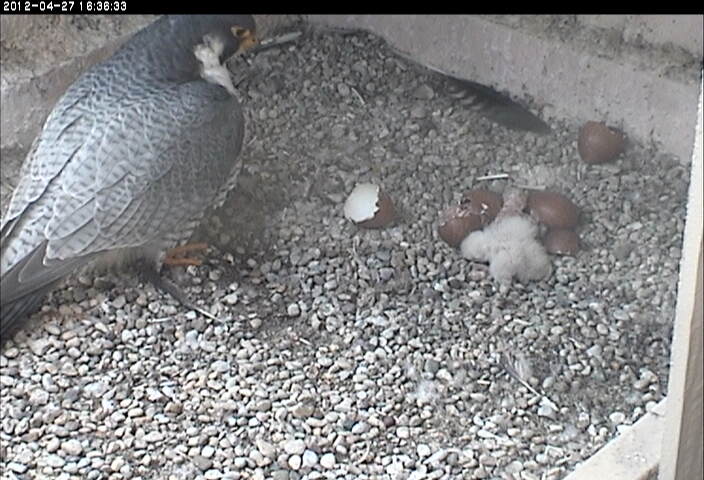

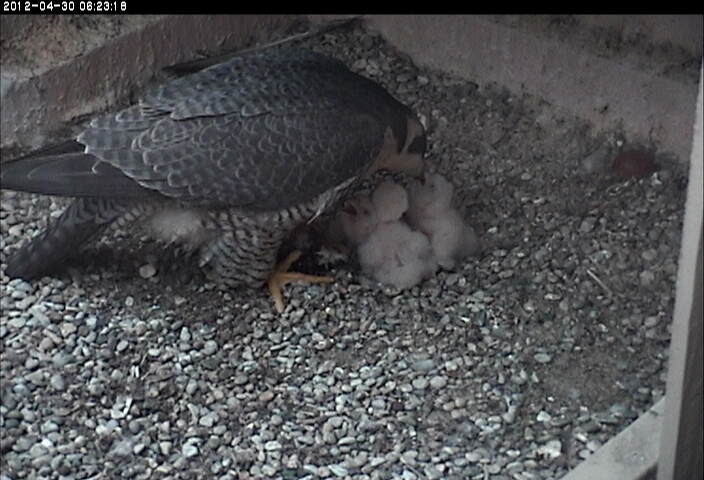
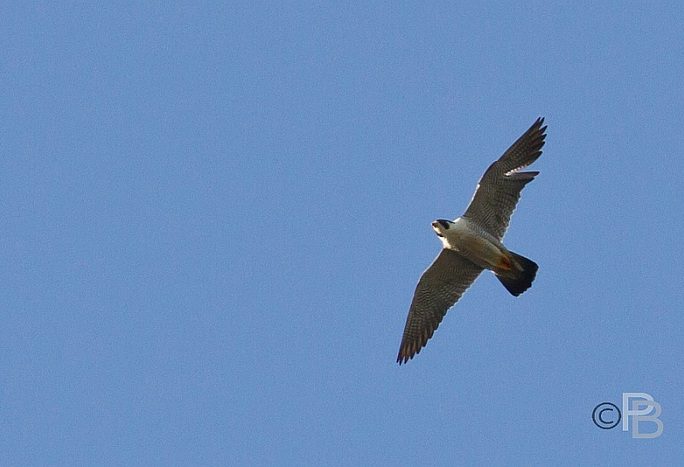
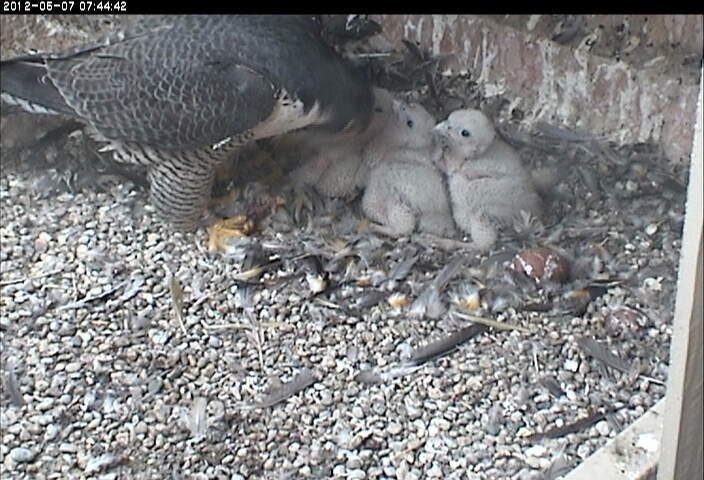
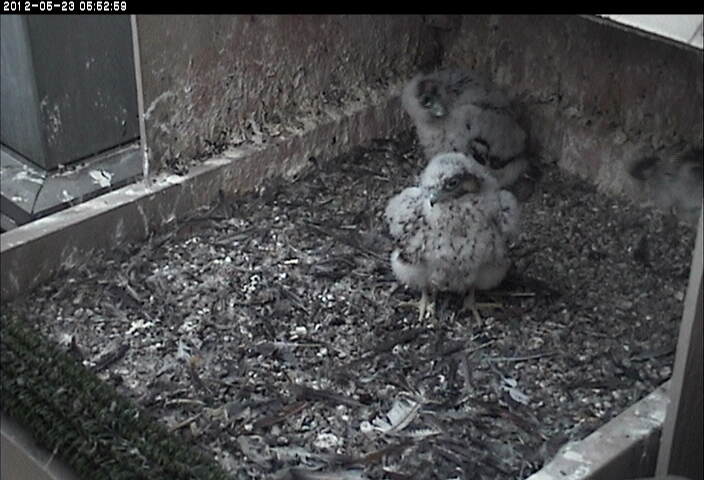
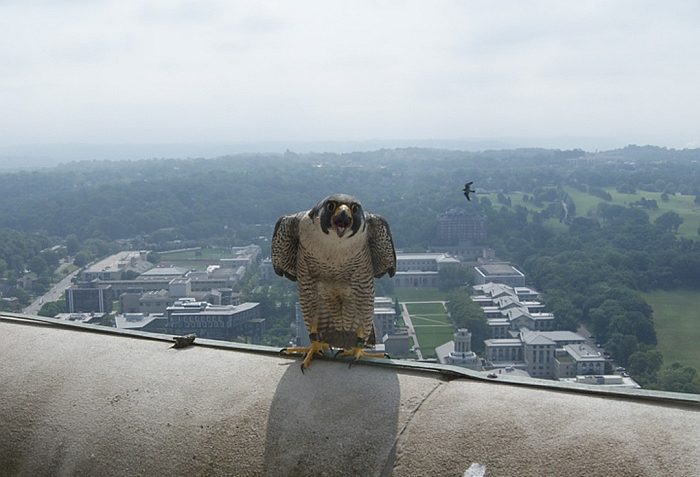
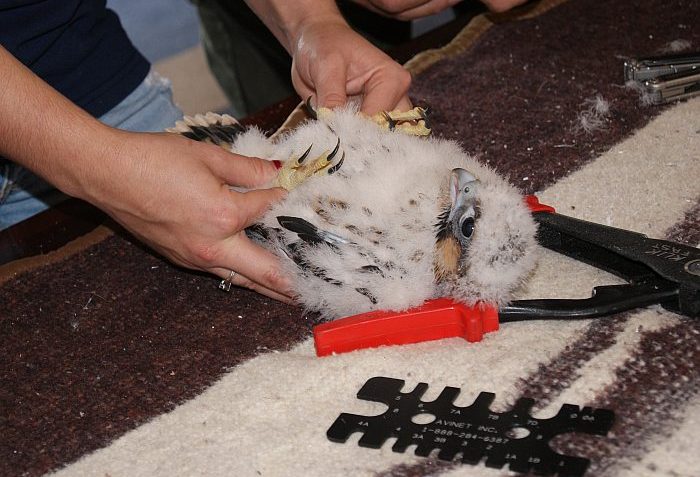


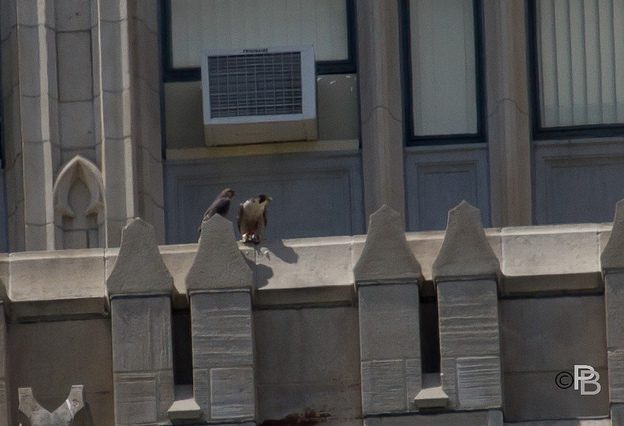
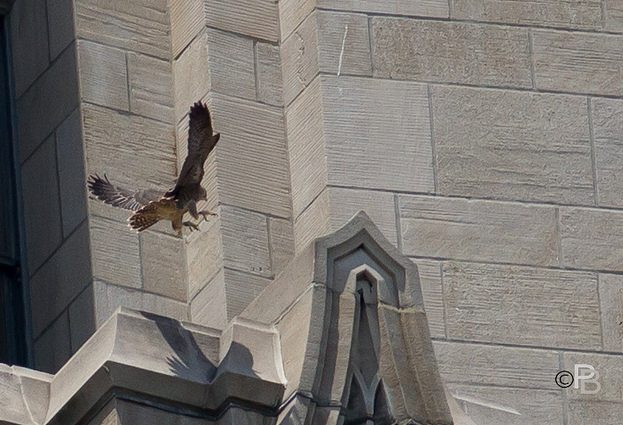
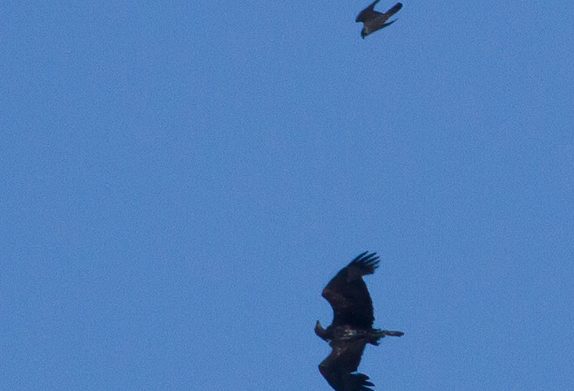
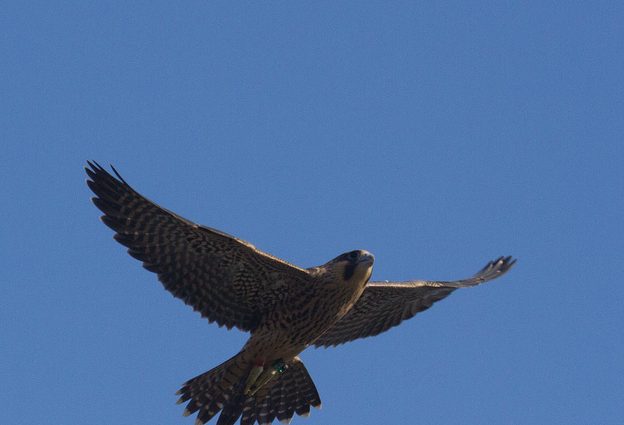
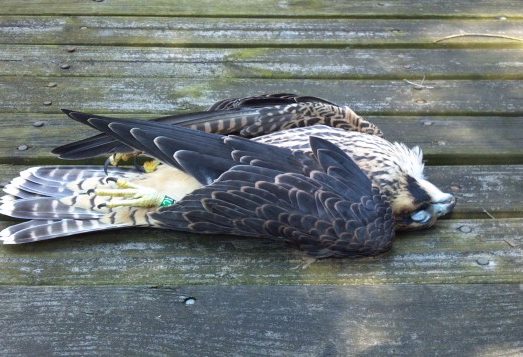
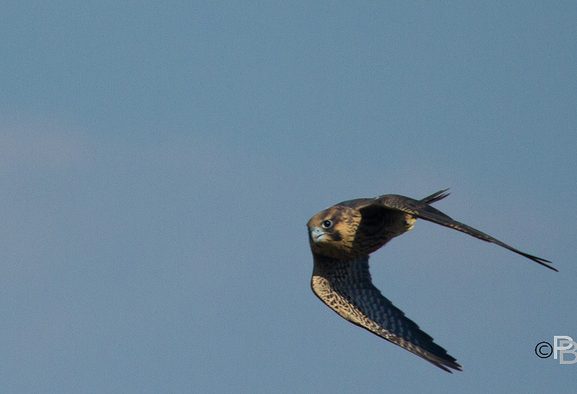
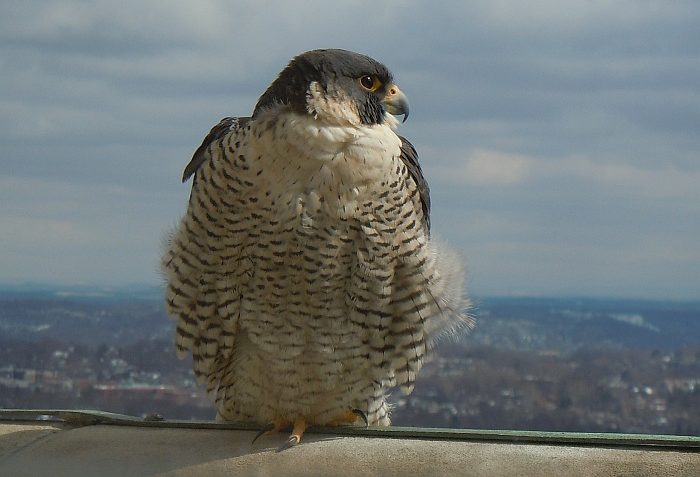
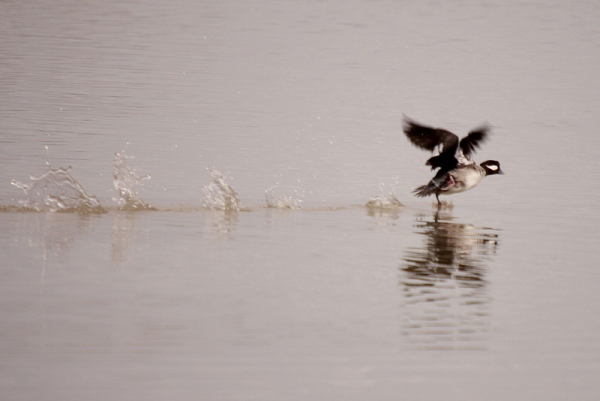
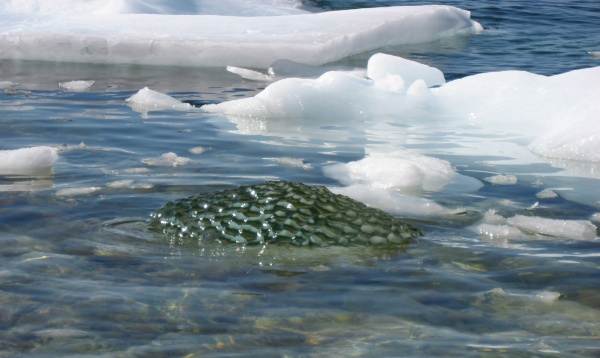
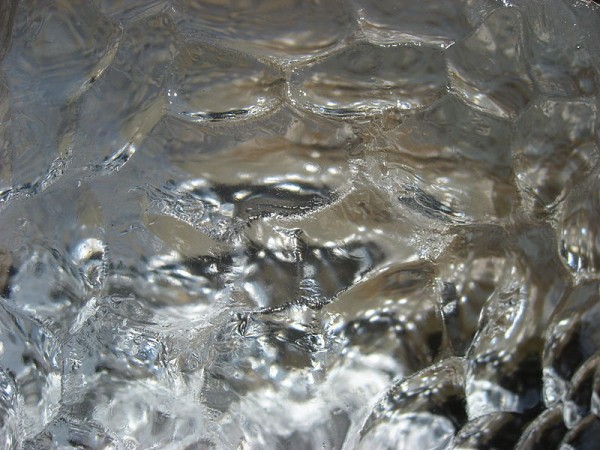

![From "ŒUFS" (Eggs), illustration by Adolphe Millot from Nouveau Larousse Illustré [1897-1904], public domain Wikimedia Commons](http://www.birdsoutsidemywindow.org/wp-content/uploads/2013/01/eggs_in_French_altered2_rsz_wiki.jpg)
